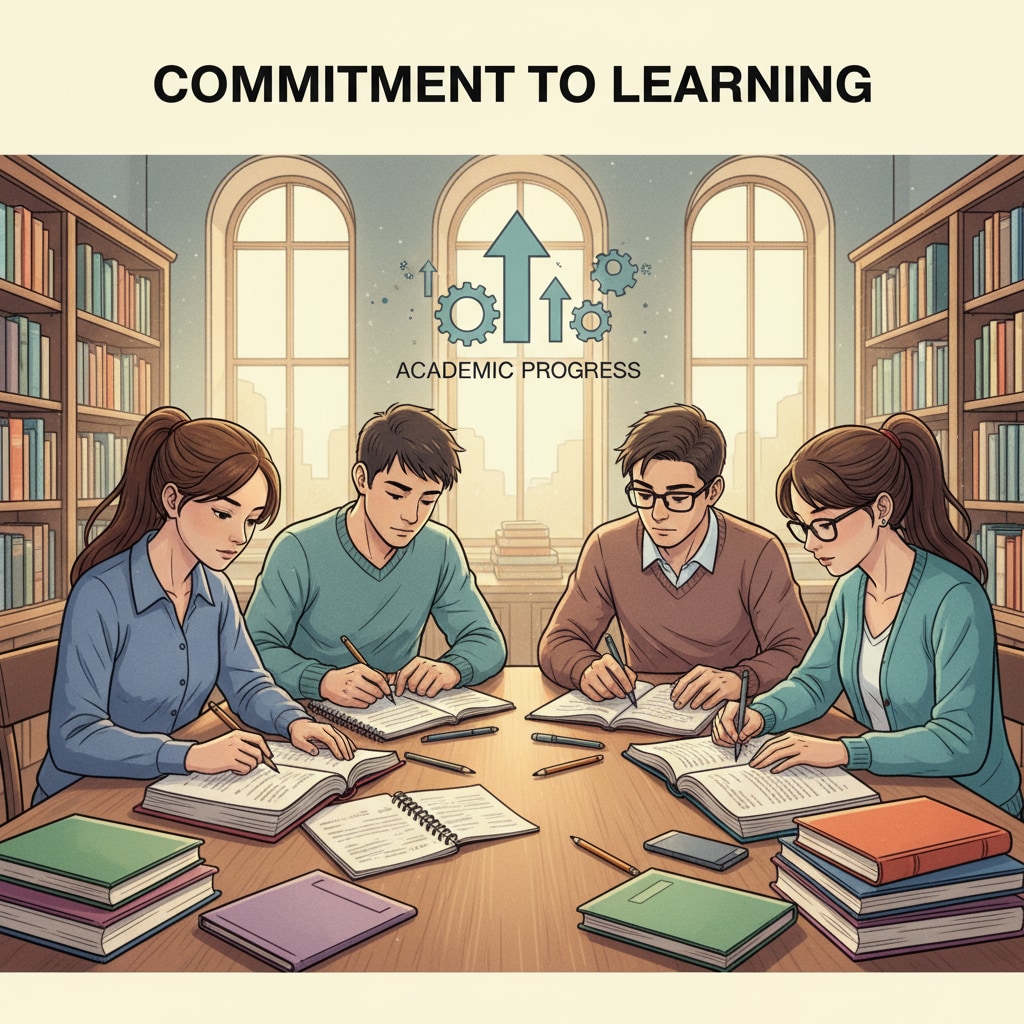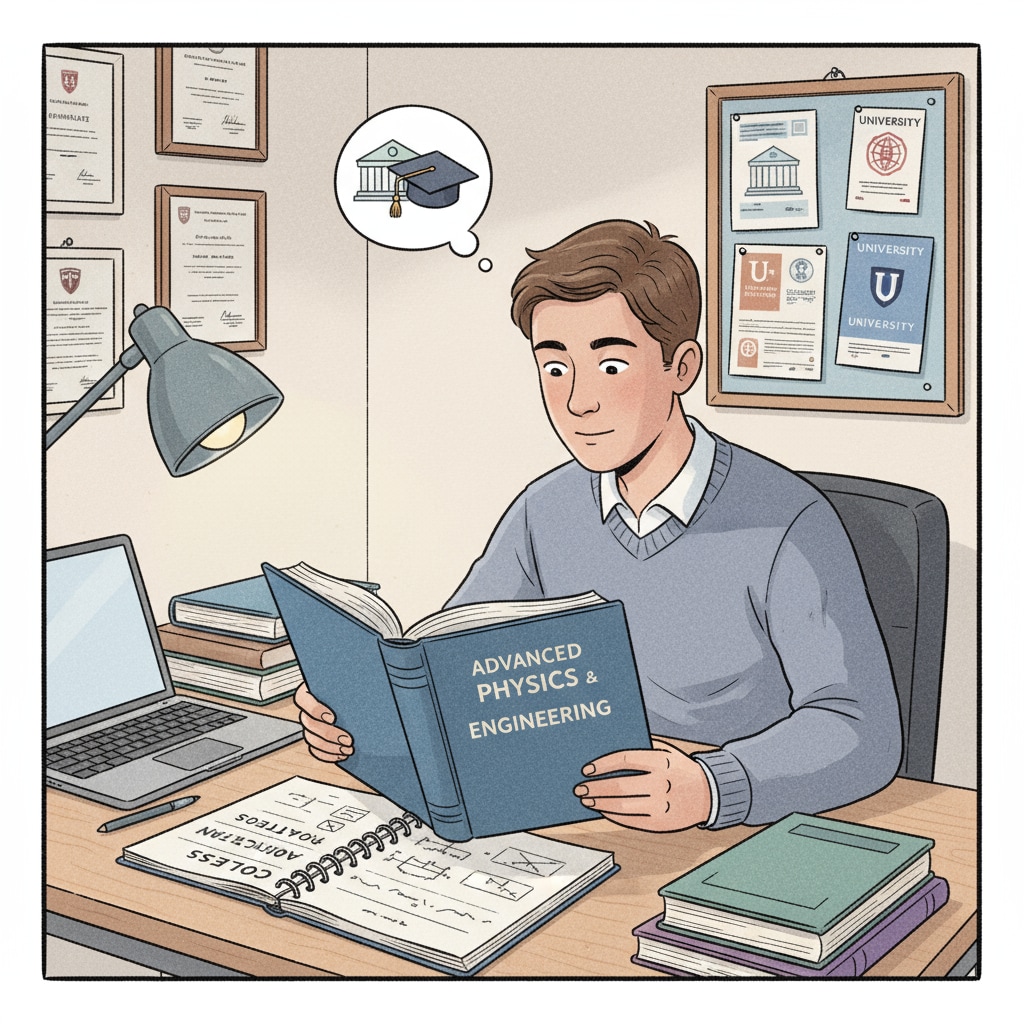Academic rigor, external exams, and college applications are crucial aspects of a student’s educational journey, especially when facing a less demanding K12 academic environment. In such settings, it’s essential for students to take proactive steps to enhance their academic standing and prepare for the challenges of higher education.

The Significance of Academic Rigor
Academic rigor is not just about getting good grades; it’s about developing critical thinking, problem-solving, and deep learning skills. In a world where information is abundant, the ability to analyze, synthesize, and evaluate knowledge is invaluable. According to Britannica, students who experience academic rigor are better prepared for the complexities of college and future careers. For example, in a rigorous academic environment, students are often required to engage in in-depth research, write extensive essays, and participate in challenging discussions. These experiences not only expand their knowledge but also refine their intellectual capabilities. Therefore, even in a lenient K12 setting, seeking academic rigor is essential for long-term success.
Self-Learning: A Path to Academic Growth
In an environment where the school curriculum may not provide sufficient academic challenge, self-learning becomes a powerful tool. Students can explore subjects of interest through online courses, academic journals, and educational podcasts. Platforms like Coursera and edX offer a wide range of courses from top universities around the world. By taking these courses, students can expose themselves to more advanced content and different teaching styles. Additionally, reading academic books and research papers can deepen their understanding of various topics. For instance, if a student is interested in biology, they can read classic works in the field and stay updated on the latest research findings. This self-driven learning not only enriches their knowledge but also demonstrates their initiative and passion for learning, which are highly valued in college applications.

Engaging in External Assessments
External exams are an excellent way to gauge one’s academic progress and showcase their abilities. Standardized tests such as the SAT Subject Tests or AP Exams can provide an objective measure of a student’s knowledge in specific subjects. These exams are recognized by colleges as indicators of academic rigor. Preparing for external exams requires focused study and practice. Students can enroll in test preparation courses or use self-study materials. Taking mock exams can also help them familiarize themselves with the exam format and improve their time management skills. Moreover, achieving high scores on these exams can significantly boost a student’s college application, as it shows their ability to perform well under challenging conditions.
Strategic Course Selection
When choosing courses in a less rigorous school environment, students should be strategic. Look for honors, advanced placement, or international baccalaureate courses, even if they are not part of the regular curriculum. These courses are designed to be more challenging and cover advanced topics. By taking them, students can demonstrate their willingness to take on academic challenges. Additionally, consider taking courses outside of the school, such as at a local community college or through online programs. This can provide exposure to a different academic setting and more rigorous coursework. For example, taking a college-level math course can not only enhance a student’s mathematical skills but also give them an edge in college admissions.
In conclusion, students in an academic environment with limited rigor can still build a strong foundation for college applications and future success. By embracing self-learning, engaging in external assessments, and making strategic course choices, they can overcome the challenges of a lenient K12 system and develop the academic rigor needed to thrive in college and beyond. Remember, academic growth is a journey, and taking proactive steps early on can make a significant difference in achieving one’s educational goals.
Readability guidance: The article uses short paragraphs and lists to summarize key points. Each H2 section provides a clear focus. The proportion of passive voice and long sentences is controlled, and transition words are evenly distributed throughout the text to enhance readability.


